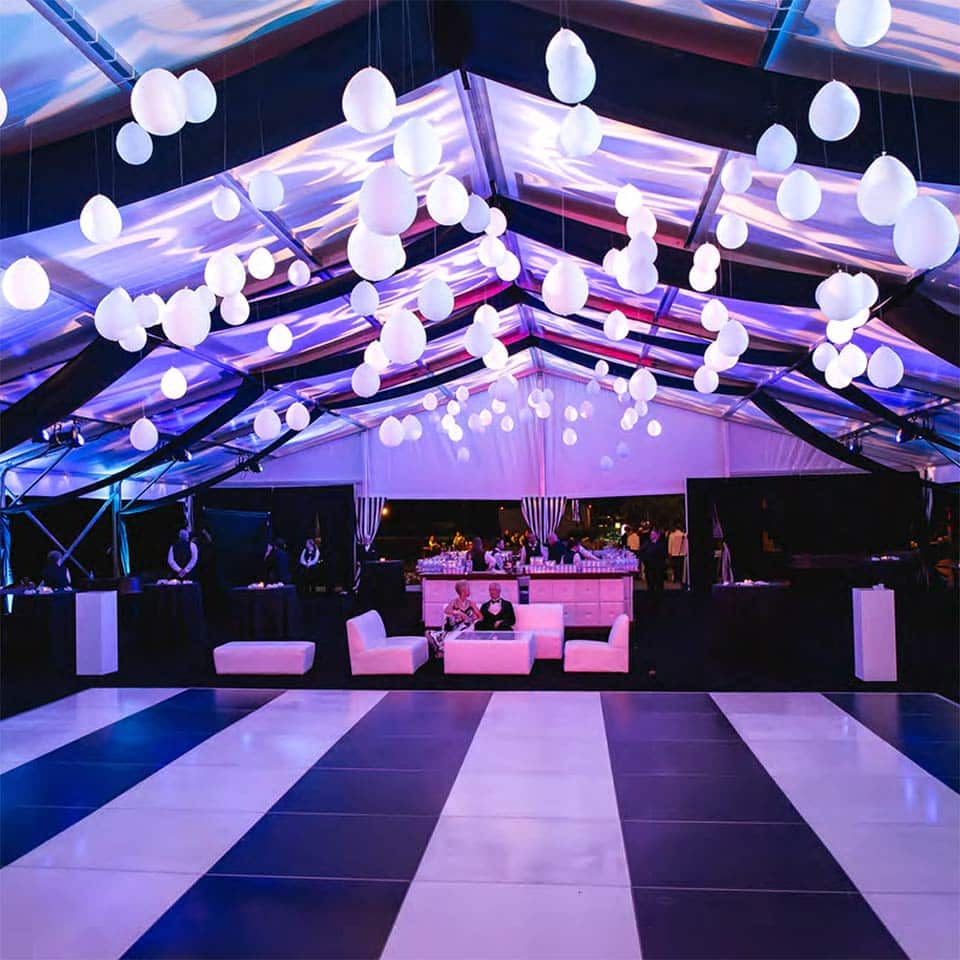A Revolutionary Power in Lighting on Elevating Dance Area Aesthetics
A Revolutionary Power in Lighting on Elevating Dance Area Aesthetics
Blog Article
Illumination plays a critical role in creating the environment of a dance floor. It can convert a simple space into an dynamic environment that improves the overall experience for performers and spectators alike. The correct lighting can influence the feeling, energy, and even the type of the dance being executed. By using various types of lighting, such as focused lights, colored lights, and strobe effects, event planners can create a vibrant setting that engages the spectators and promotes participation.
One of the main functions of lighting on a dancing area is to illuminate the dancers. Focused lights can be used to direct attention on solo dancers or teams, making them the focal point of attention. This method not only displays their actions but also adds a dimension of theatricality to the show. When dancers are lit properly, their expressions and techniques become more apparent, allowing the spectators to value their abilities. This targeted lighting can also help to establish a story, leading the spectators through the performance.
In addition to showcasing performers, colored illumination can greatly affect the atmosphere of the dancing area. Various colors elicit varied feelings; for example, warm colors like red and orange can generate a sense of enthusiasm and vitality, while cooler colors like blue and green can encourage tranquility and ease. By thoughtfully using colored illumination, event planners can manipulate the environment to align with the concept of the occasion or the type of the performance. This thoughtful approach to lighting design can improve the complete encounter for all involved.
Flashing lights and other dynamic lighting effects can also add excitement to a dancing area. These features can generate important source a sense of beat and motion that complements the music being played. When synchronized with the rhythm, flashing lights can make the dance floor feel vibrant, inviting dancers to groove in time with the pulsing lights. This interaction between light and music can elevate the vitality of the occasion, making it more pleasurable for both performers and spectators. The use of such features requires careful planning to ensure they enhance rather than divert from the show.
Ultimately, the overall design of the lighting arrangement is crucial for establishing a unified aesthetic on the dance floor. A well-thought-out lighting plan considers the configuration of the area, the type of dance being performed, and the spectators' encounter. By combining different lighting methods, such as background lighting, highlighting, and unique features, organizers can create a aesthetically stunning setting. This focus to detail not only enhances the show but also creates a memorable impression on the spectators, making the event unforgettable. In conclusion, the transformative power of lighting is essential in improving dance floor aesthetics, creating an captivating and pleasurable experience for all.